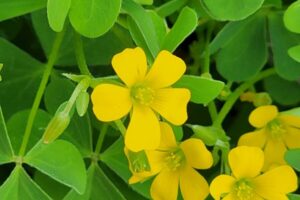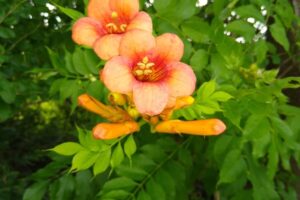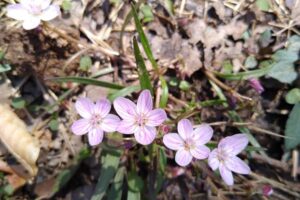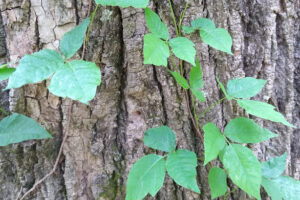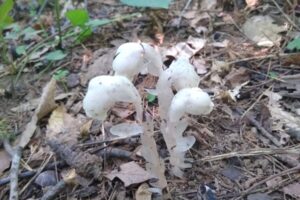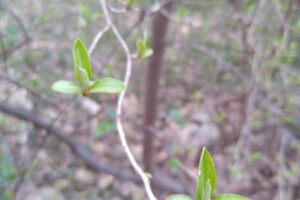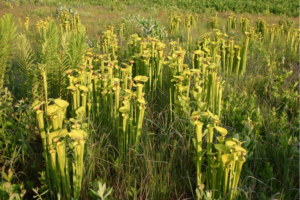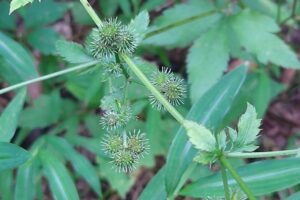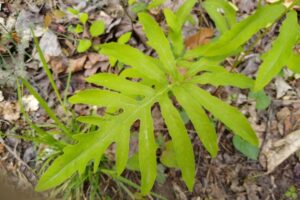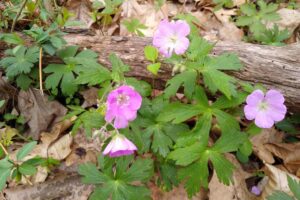Far-Flung Seeds
September 21, 2022 - By Ellen Powell, VDOF Conservation Education Coordinator Plants are endlessly fascinating. Not only do they make their own food out of water, air, and light, but some lead exciting lives that put James Bond to shame. Theirs is a world of hostile takeovers, pollination trickery, chemical warfare, and ingenious travel methods. I may have a minor obsession with how seeds move from place to place, given that this is my... Read More

